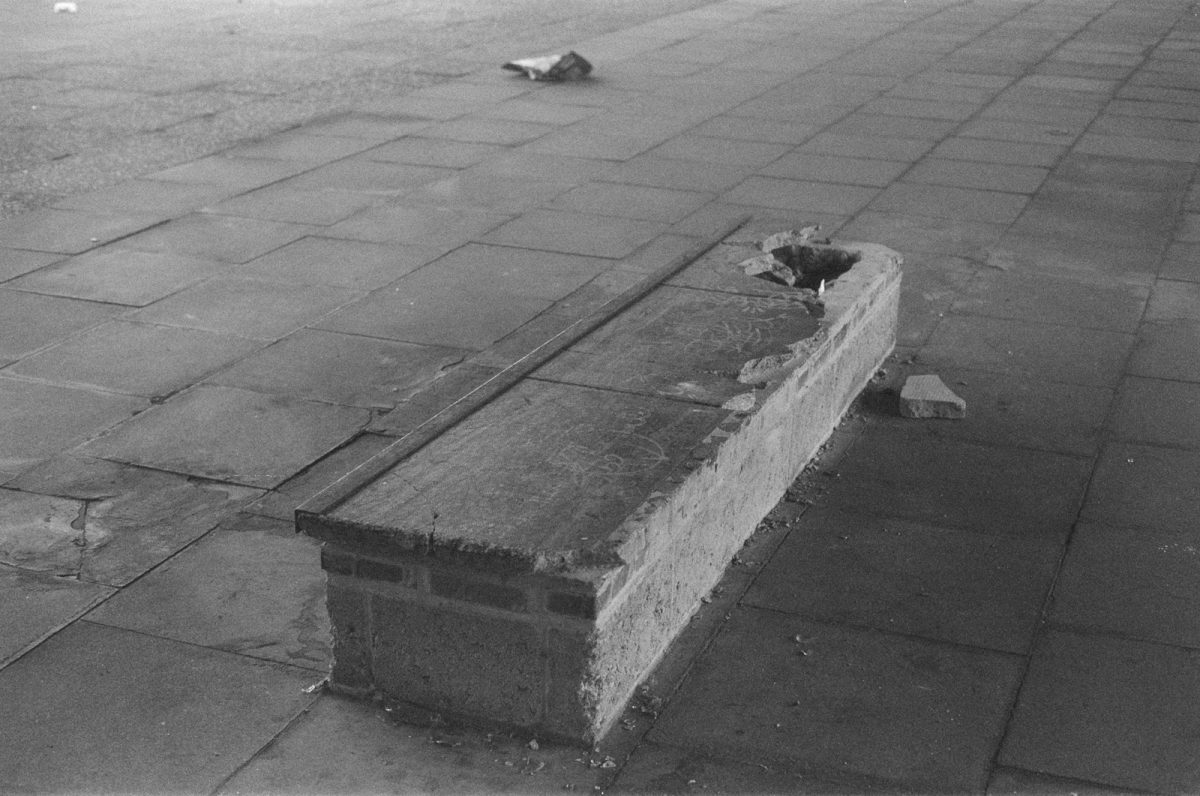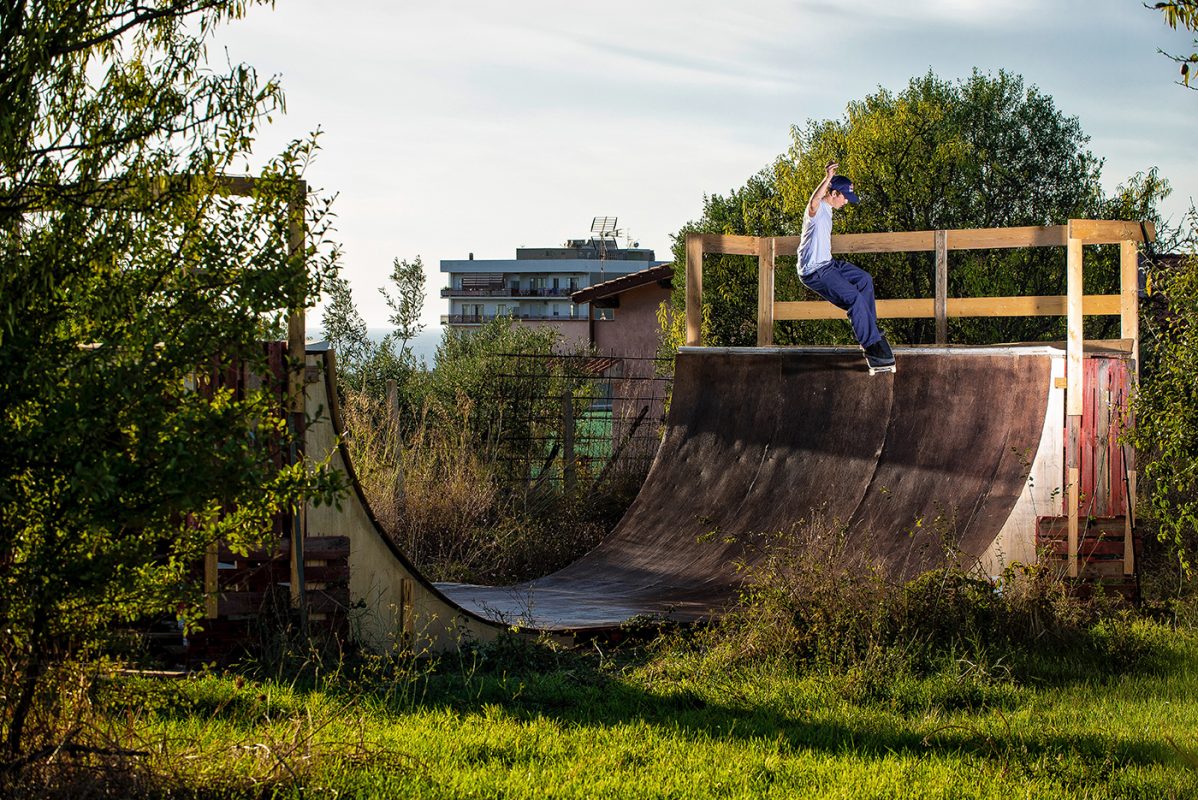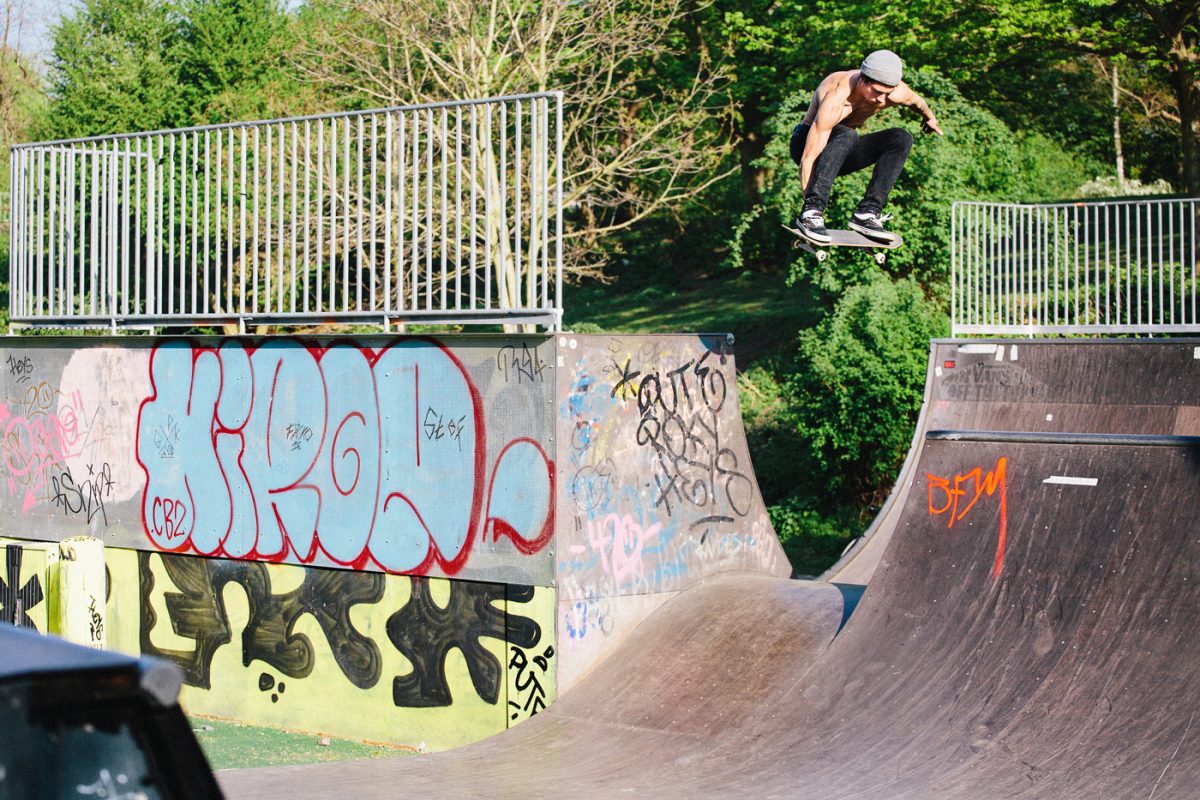DIY Skate Spots and Guerrilla Architecture: Challenging ‘Non-Places’ in Greater London
Article by Tom Critchley, skateboarder, researcher and writer from Kent, England. Following the Woolwich Road from Greenwich towards Charlton, the Blackwall Tunnel … Keep reading



